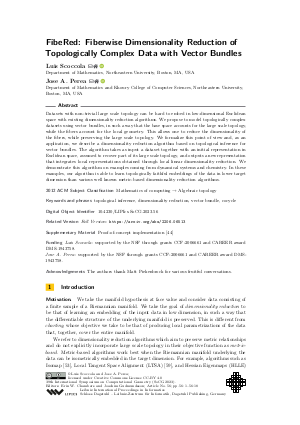LIPIcs.SoCG.2023.56.pdf
- Filesize: 3.14 MB
- 18 pages

 Creative Commons Attribution 4.0 International license
Creative Commons Attribution 4.0 International license


























Feedback for Dagstuhl Publishing